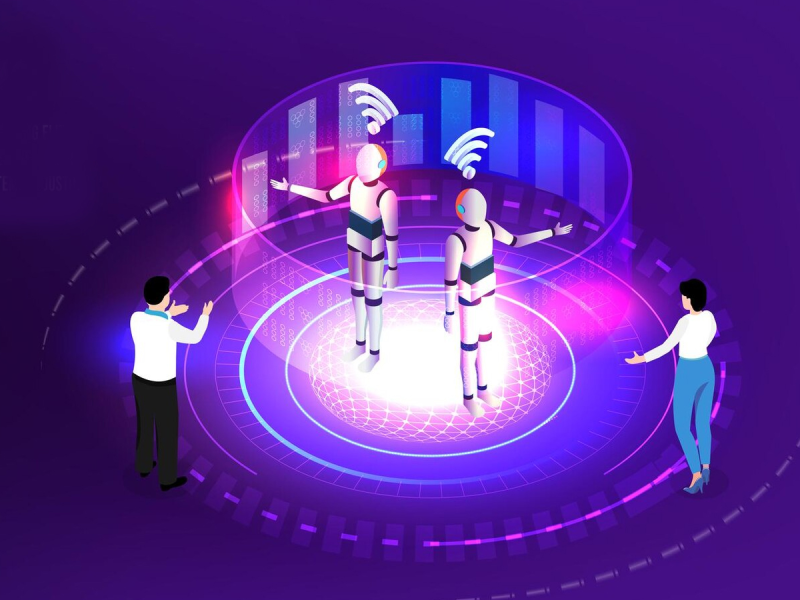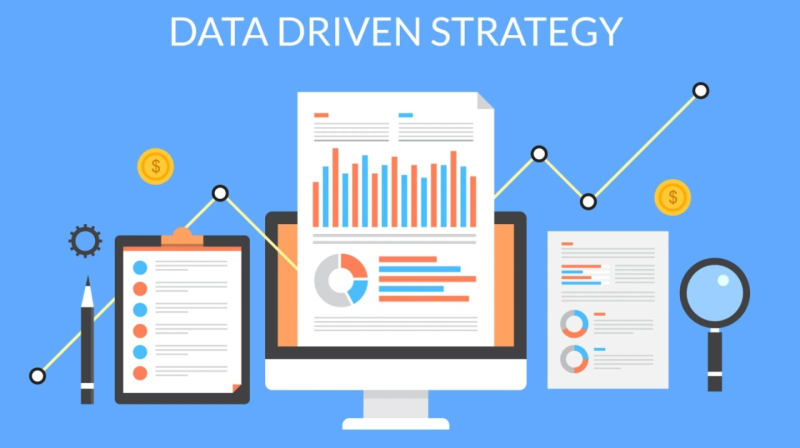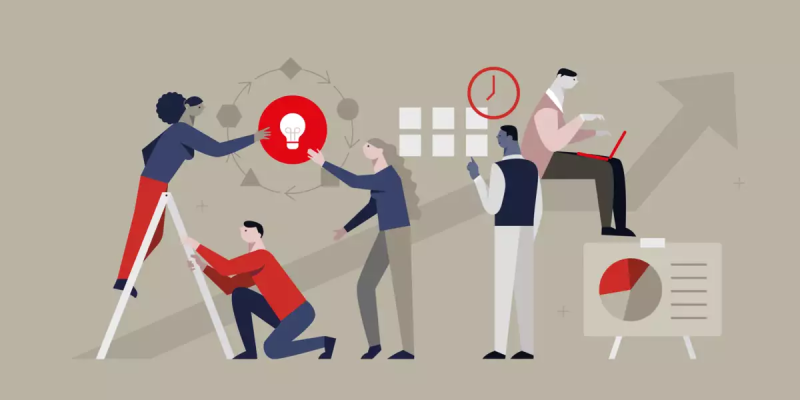Revolutionizing Workforce Planning with AI

Workforce management has undergone a paradigm shift with the integration of artificial intelligence (AI). AI agents are no longer just tools; they are strategic allies that provide accurate forecasts and actionable recommendations. By analyzing extensive datasets, AI optimizes resource allocation and aligns talent strategies with organizational objectives. This transformation empowers companies to address workforce needs more effectively and stay ahead in competitive markets.
Enhancing Employee Retention Strategies Through AI Insights
Retaining top talent remains a significant challenge, but AI is changing the game. AI agents analyze data such as employee performance, engagement metrics, and feedback to identify patterns that could indicate potential attrition. Consequently, businesses can implement personalized strategies to address individual needs and concerns. This approach not only reduces turnover rates but also cultivates a more satisfied and engaged workforce.
Data-Driven Decision Making for Talent Optimization

AI-powered workforce planning relies heavily on data-driven decision-making. These agents evaluate numerous variables, from market trends to skill gaps, to offer precise recommendations. By ensuring that the right talent is placed in the right roles, organizations can maximize efficiency and minimize costs. This strategic use of data helps businesses remain agile and competitive in an ever-changing landscape.
Personalization: The Key to Workforce Satisfaction
Personalization is emerging as a cornerstone of employee retention, and AI agents are instrumental in achieving this. For example, AI can recommend tailored career development programs and training sessions based on an individual’s aspirations and skills. Additionally, it helps create workplace environments that resonate with employees’ preferences, fostering satisfaction and loyalty in the process.
Streamlining Recruitment with Predictive Analytics

AI is revolutionizing recruitment by making the process faster and more efficient. Through predictive analytics, AI agents can identify candidates who not only meet job requirements but also align with the organization’s culture. Moreover, these agents automate routine tasks like resume screening and interview scheduling, allowing HR teams to focus on strategic decisions. The result is a more seamless and effective hiring process.
Improving Workforce Agility Through Real-Time Insights
In today’s dynamic workplace, agility is crucial. AI agents provide real-time insights that enable organizations to adapt quickly to changing demands, whether it’s reallocating resources or managing remote teams. By leveraging these insights, businesses can maintain productivity and collaboration, even in hybrid work environments.
Balancing Automation with Human Touch

While AI excels in efficiency, it is essential to maintain a balance between automation and the human touch. Tasks like data analysis and repetitive processes are better suited for AI, but human intuition and empathy remain vital for building meaningful connections. Combining AI capabilities with human expertise ensures a well-rounded approach to workforce management.
Overcoming Challenges in AI Adoption
Adopting AI in workforce planning comes with challenges, such as data privacy concerns and the need for skilled professionals. However, advancements in technology are addressing these issues. Enhanced encryption methods safeguard sensitive data, while upskilling programs are preparing employees to work effectively alongside AI tools. These developments are paving the way for smoother AI integration.
A Forward-Looking Workforce Strategy

AI agents are not just tools for the present; they are shaping the future of workforce management. By leveraging their capabilities, organizations can proactively address challenges in workforce planning and employee retention. As AI technology continues to advance, its role will expand further, driving innovation, enhancing efficiency, and ensuring sustainable growth across industries.




